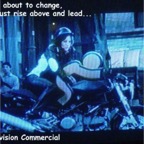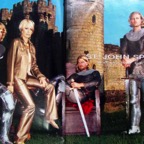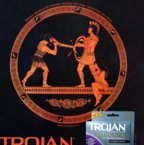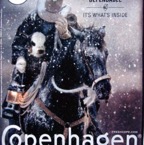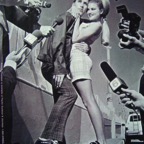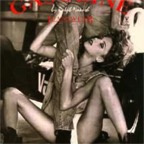Hero
Background: So many of the ads with which we are confronted offer limited representations of both female and male gender. The common dichotomy of male as independent/female as dependent is realized in the ad trope of the man as hero. The ads below depicting rugged men and fragile women offer a clear illustration of this trope, but a narrative description of an analysis of advertisements for Dakota cigarettes speaks very clearly of this problematic area of contemporary advertising: “The female Dakota smoker is shown to be ‘leaning on a taller male companion, whose arm is around her neck.’ This is a subtle indication of her dependency…her clothes, long hair, and ‘cool’ sunglasses signal that the Dakota woman is the female counterpart to the rugged Marlboro man, but her own personal identity comes from her very close ties to men…the Dakota woman is the opposite of the self-reliant and independent Marlboro Man. Individualistic femininity means vulnerability—the need for protection, dependence on, and subordination to men” (Benokraitis and Feagin 1995:28; Stern 1993). The Ads: What do these ads suggest about the contemporary roles offer to men and women in advertising? Many of these ads reflect popular tropes of the heroic male, such as exhibited in classic Western films and images (images 3, 34). Others include the knight or warrior (images 13, 21, 28, 32, 33, 36), or the explorer (image 29). More contemporary images place the woman in a position of subjugation, such as in images 10, 15, 17, 19, or in a dependent position (image 2). Discussion Questions: (1) How is heroism created in the following images? What activities or situations characterize heroism? (2) Throughout time, how has heroism been connected to gender? In what contexts are men judged to be heroes? In what contexts are women judged to be heroes? In what contexts are gay, lesbian, and transgendered people judged to be heroes? (3) Do you believe that the cultural notions of heroism are now changing?












